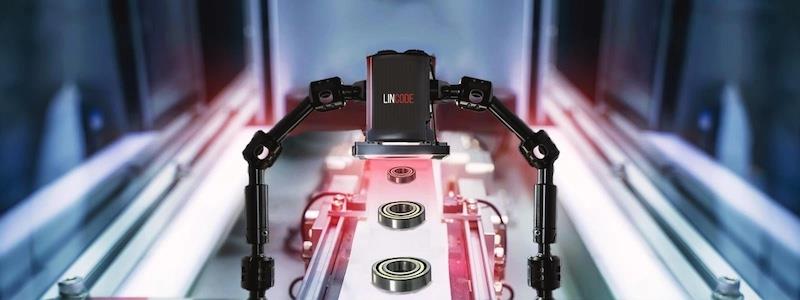
The Role Of AI In Revolutionizing Visual Inspection For Manufacturing Robotics & Automation News
Ever wonder how manufacturers ensure every product rolling off the assembly line is flawless? Artificial intelligence is revolutionizing visual inspection in manufacturing, and it's about to change the game entirely. Gone are the days of relying solely on human eyes to spot defects.
Now, AI-powered systems like quality inspection automation solutions are stepping up to the plate, offering superhuman levels of accuracy and efficiency.
Buckle up as we dive into the exciting world of AI in visual inspection. You'll discover how this cutting-edge technology reshapes quality control and elevates manufacturing. Trust us, you won't want to miss this.
The Challenges of Traditional Visual Inspection in ManufacturingYou've probably heard the saying,“To err is human,” and nowhere is this more apparent than in traditional visual inspection processes. As a manufacturer, you're all too familiar with the limitations of human-led quality control.
No matter how skilled, your workers can't maintain unwavering focus for hours on end. Fatigue sets in, and attention wanders, and suddenly, that tiny defect slips unnoticed.
But it's not just about human error. Traditional inspection methods are slow, labor-intensive, and often inconsistent. You're constantly battling the trade-off between thoroughness and production speed.
Plus, some defects are too subtle for the human eye to catch reliably. In a world where consumers demand perfection, these challenges can seriously impact your bottom line and reputation.
How AI is Automating and Enhancing Visual InspectionYou might be surprised to learn just how much AI is revolutionizing visual inspection in manufacturing. Gone are the days of relying solely on human eyes to spot defects. Now, AI-powered systems are taking center stage, offering lightning-fast and incredibly accurate inspections around the clock.
These smart-systems use advanced computer vision and machine learning algorithms to analyze products in real time. Advanced quality inspection automation solutions can detect even the tiniest flaws that might slip past a tired human inspector.
Plus, AI doesn't just find problems – it learns and improves over time, becoming more efficient at spotting issues unique to your production line.
But don't worry – AI isn't here to replace human workers. Instead, AI solutions like quality inspection software free your team to focus on more complex tasks, boosting overall productivity and quality control.
Key Applications of AI-Powered Visual InspectionAI-powered visual inspection is revolutionizing manufacturing across various industries. This technology is hard at work in quality control, spotting defects with superhuman accuracy.
Imagine catching that tiny flaw in a smartphone screen or a misaligned car part before it reaches the customer – that's AI in action!
But it doesn't stop there. AI visual systems also enhance safety inspections, identifying potential factory hazards that human eyes might miss. These smart systems analyze production lines in real time regarding process optimization, helping you streamline operations and boost efficiency.
Perhaps most excitingly, AI inspection is enabling predictive maintenance. By detecting subtle changes in equipment appearance, you can prevent costly breakdowns before they happen. Talk about a game-changer for your bottom line!
Implementing AI Visual Inspection – What You Need to KnowReady to revolutionize your manufacturing process with AI visual inspection? Here's what you need to know to get started. First, you'll need to gather high-quality training data – many images showcasing defective and non-defective products.
Next, choose the right AI model for your specific use case. Will you need to detect subtle surface flaws or major structural issues?
Remember the hardware. You'll need cameras with sufficient resolution and lighting setups to capture clear, consistent images. Finally, integration is key. Your AI system should seamlessly connect with your existing production line and quality control processes.
Implementing AI isn't a one-and-done deal. Be prepared for ongoing fine-tuning and updates to keep your system accurate and efficient as your production evolves.
ConclusionAs you've seen, AI is transforming visual inspection in manufacturing in some pretty mind-blowing ways. From spotting microscopic defects to predicting failures before they happen, these smart systems are taking quality control to a new level.
Sure, there are still challenges, but the potential is huge. So whether you're a factory manager looking to boost efficiency or an engineer excited about cutting-edge tech, keep your eye on AI in this space.
It's not just the future of visual inspection – it's already here, making products better and manufacturing smarter.
The AI revolution in quality control is just starting, and you won't want to miss what comes next.
Legal Disclaimer:
MENAFN provides the
information “as is” without warranty of any kind. We do not accept
any responsibility or liability for the accuracy, content, images,
videos, licenses, completeness, legality, or reliability of the information
contained in this article. If you have any complaints or copyright
issues related to this article, kindly contact the provider above.


















Comments
No comment